Learn 25 Indigenous and Endangered Languages in Transparent Language Online Posted by Transparent Language on Sep 26, 2016 in For Learners, For Libraries, Learning Material Updates
We care about every language, not just those with commercial value. That’s why we donate our technology to endangered language advocates and organizations looking to leverage technology to preserve their language.
Beyond preservation, though, we strive for promotion. We don’t just want to save languages from dying—we want to bring them to life for a wider audience. That includes you! For those interested in learning (or just dabbling in) an endangered language, we currently have 25 indigenous or endangered languages available in Transparent Language Online.
Balinese
Spoken by 3 million people on the Indonesian island of Bali, Balinese is not yet endangered. But our partner organization BASABali believes that we should not wait until there are only a few speakers left to start protecting a language.
Balinese bears no resemblance to Indonesian. It is a syllabic language, with each consonant bearing an inherent vowel sound. Vowel sounds can be changed by adding a diacritic. Though the Balinese script still exists today, most Balinese speakers use the Latin alphabet, which is what you’ll find in Transparent Language Online.
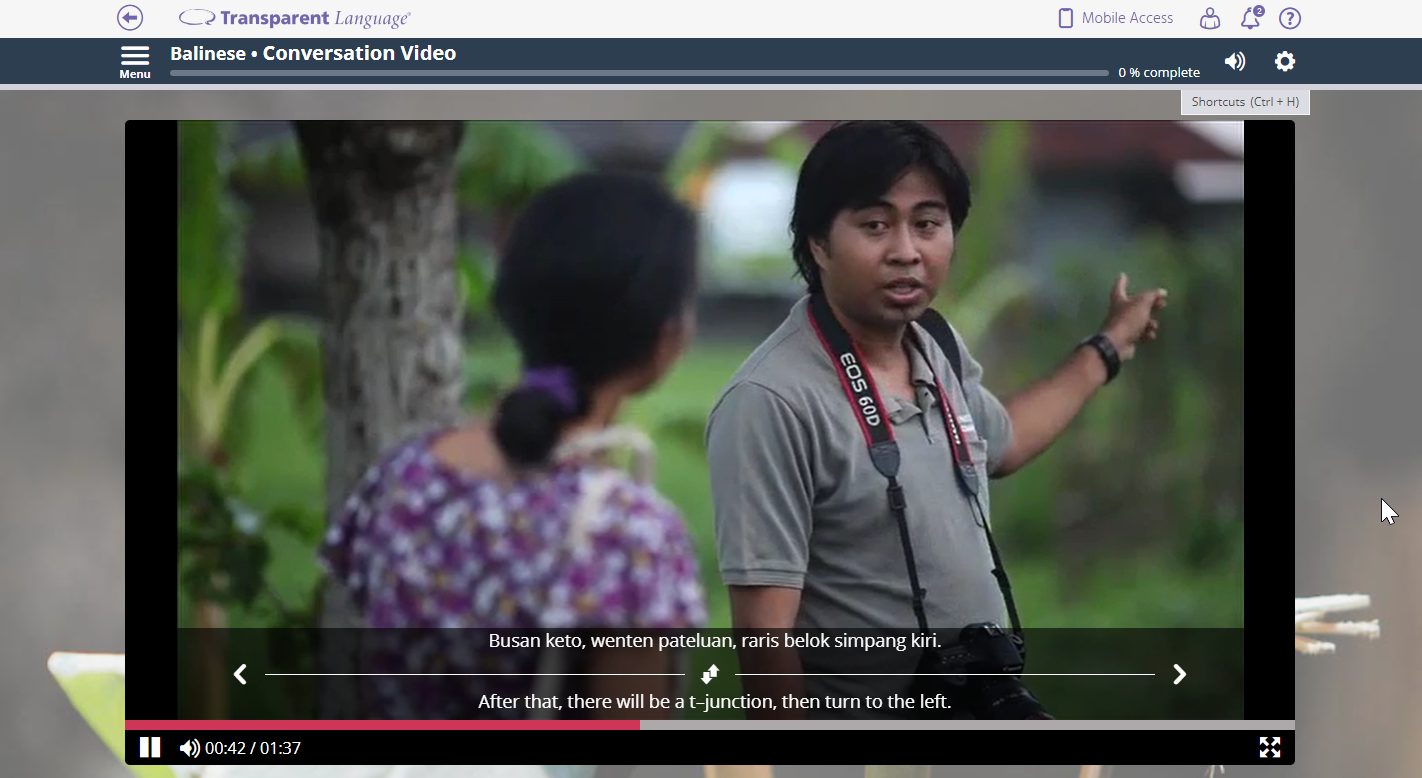
Behdini Kurdish
Behdini Kurdish is spoken by about 2 million Kurds in the northern parts of Iraq. This Kurdish dialect has received less attention than more widely-spoken languages like Sorani, making it difficult to find textbooks or even a reliable dictionary.
We’ve partnered with Cherie Rempel of the Kurdish Language and Culture Institute to create a transliterated Bedhini Kurdish course so that people around the world can explore this language.
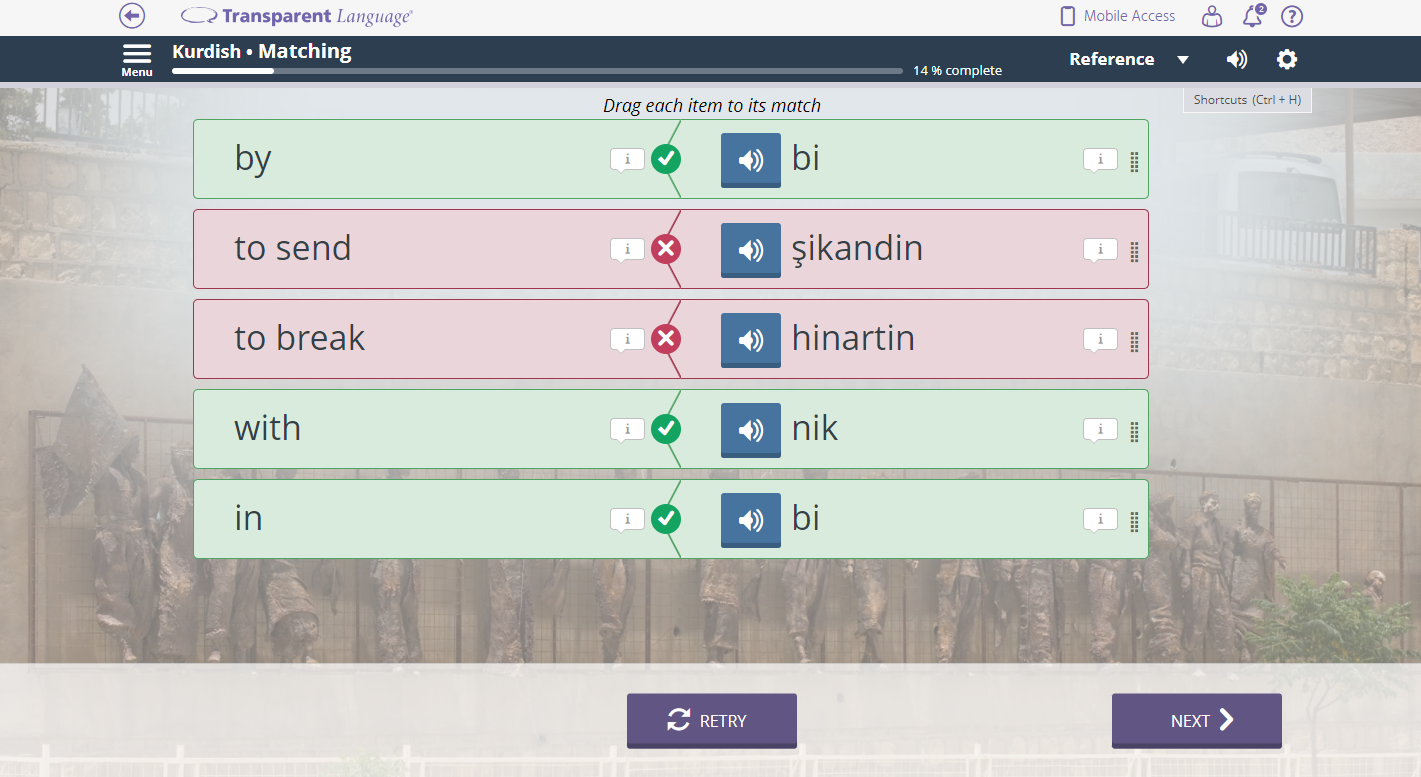
Benhti Kenaga’ (Lower Tanana)
Benhti Kenaga’ is one of many Athabascan languages and dialects from the area surrounding the Tanana River in Alaska, but the only one still in existence. The finished course includes 10 units, each with five lessons of content, reviews and unit assessments, as well as 15 conversational videos with subtitles in English, and 13 culture and grammar notes. The Benhti Kenaga’ Pocket Dictionary, published in 2009 and available through the Alaska Native Language Center, is a recommended supplemental resource for anyone taking the course.
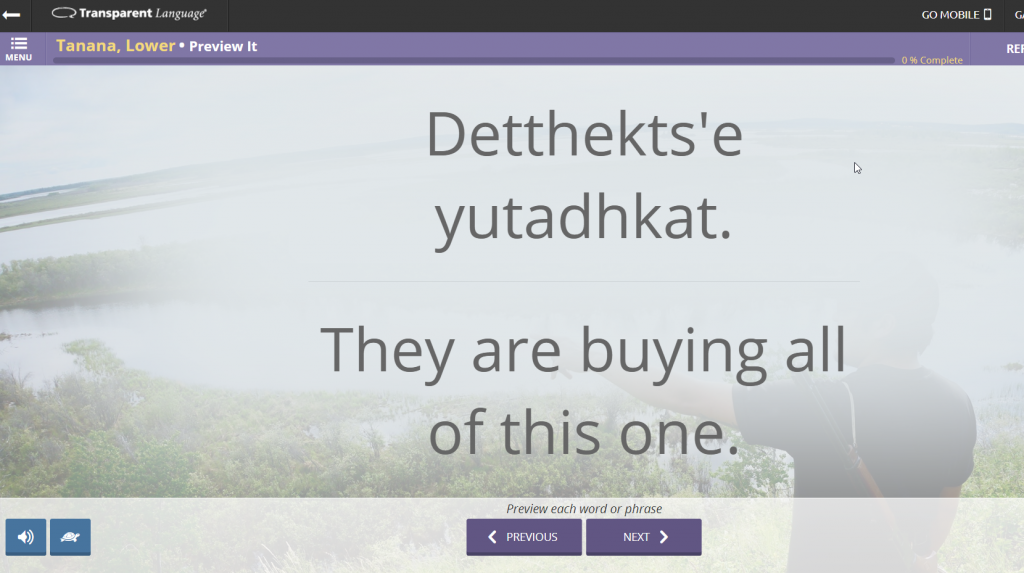
Cherokee
Cherokee is a Southern Iroquoian language spoken by about 2,000 people in North Carolina, Oklahoma, and Arkansas. 7000 Languages partnered with the Cherokee PINS Project Foundation to create two beginner Cherokee courses. The Cherokee Alphabet Course teaches the shapes, names, and pronunciation of the Cherokee syllabary. The Cherokee Beginner Course introduces learners to common, practical language that they can hear, write, and speak throughout the course.
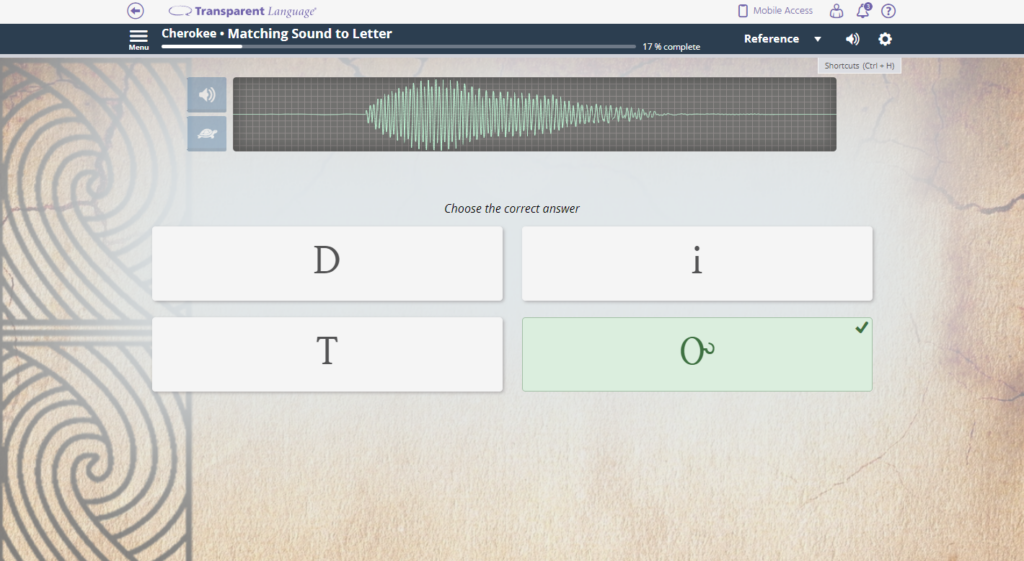
Cree
Cree is a First Nations language of Canada spoken by about 120,000 people. Although all varieties of Cree are related, a Cree speaker from Alberta would have difficulty understanding a Cree speaker from Quebec! The Cree course in Transparent Language Online was created by the Manitoba First Nations Education Resource Centre in 2011. It features Swampy Cree, a variety spoken by about 2,500 people in the Manitoba and Ontario provinces of Canada.
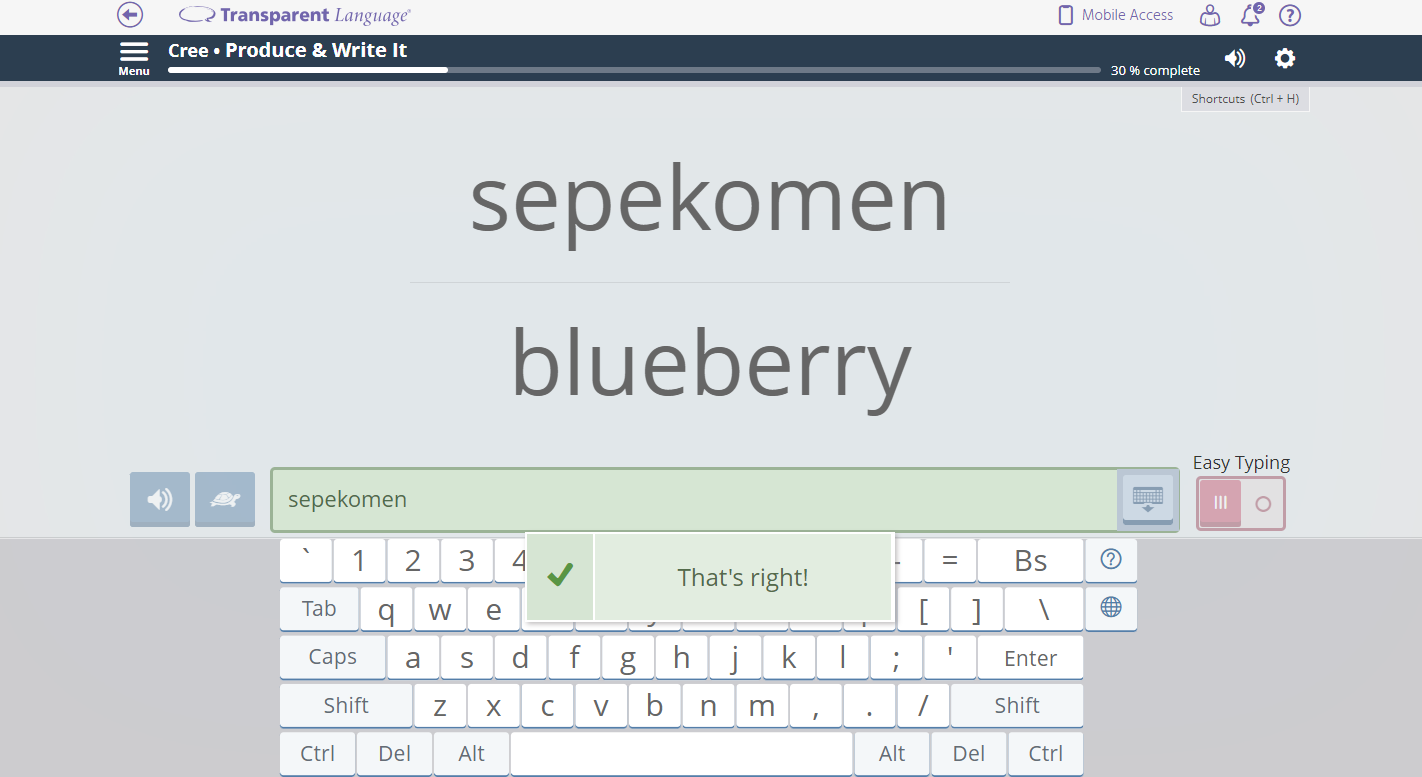
Dakota and Sisseton Dakota
Another MFNERC language, Dakota is (as you may have guessed) spoken by the Dakota people of the Sioux tribe. Spoken throughout the northwestern U.S. and southern Canada, Dakota is only believed to have about 25,000 speakers in a tribe population totaling more than 100,000.
Like many Native American languages, Dakota is polysynthentic, meaning that words are composed of many morphemes (word parts) combined to form one single word. This can create some long, sentence-like words, as you’ll see in Transparent Language Online.
Sisseton Dakota is a mutually intelligible dialect spoken along the borders of Minnesota and the Dakotas. This course, which includes alphabet instruction, was created thanks to Sisseton-Wahpeton Oyate Dakotah Language Institute.
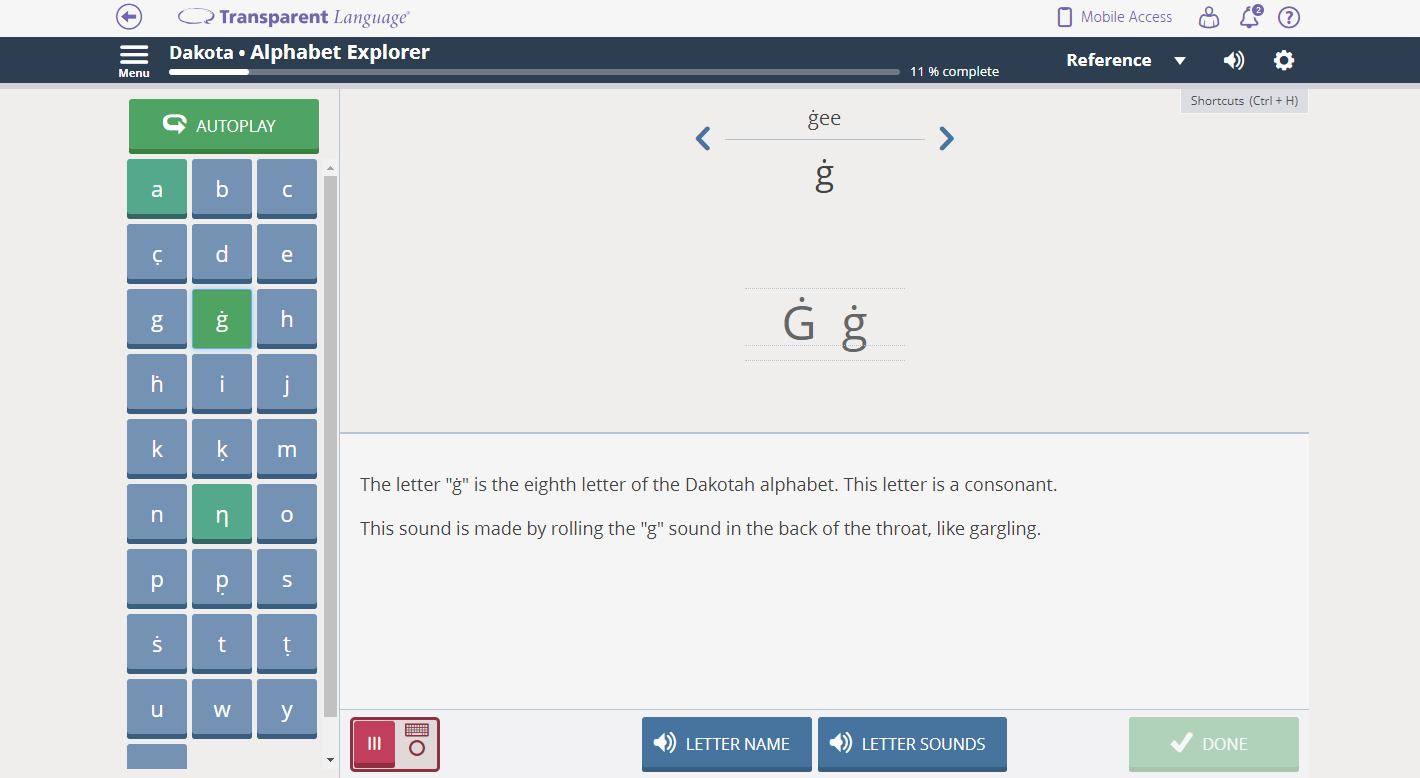
Deg Xinag
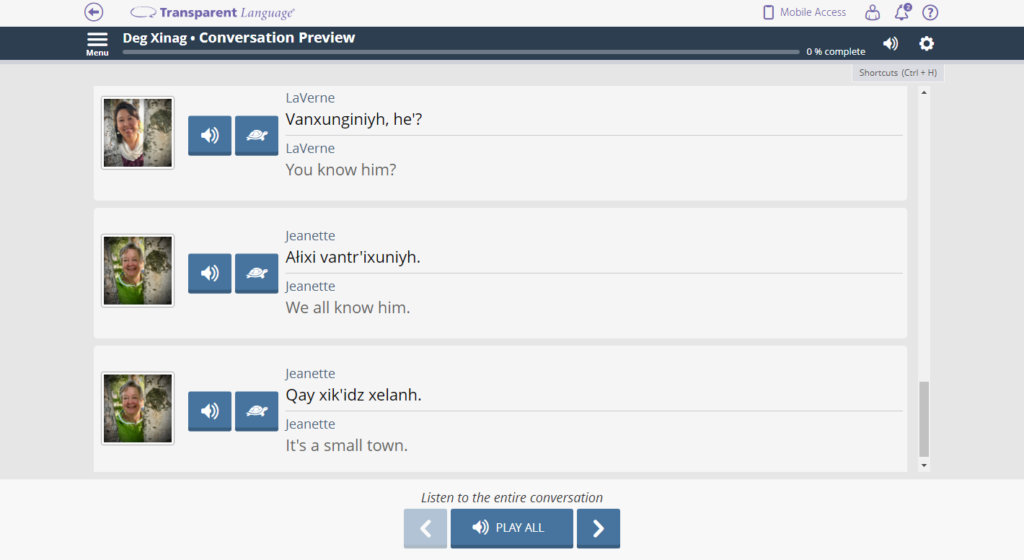
Denaakk’e (Koyukon)
Denaakk’e, also called Koyukon Athabascan language, comes from the land surrounding the middle Yukon River, the Koyukuk River and the Lower Tanana Rivers in the central region of Alaska. Its traditional territory covers 78,000 square miles, approximately the size of the entire state of Minnesota. It, too, has a population of about 3000 with less than 300 active learners of all ages. This course includes 10 units, each with five lessons of content, reviews and unit assessments, as well as 10 conversational videos in Denaakk’e with English subtitles, and 25 culture and grammar notes.
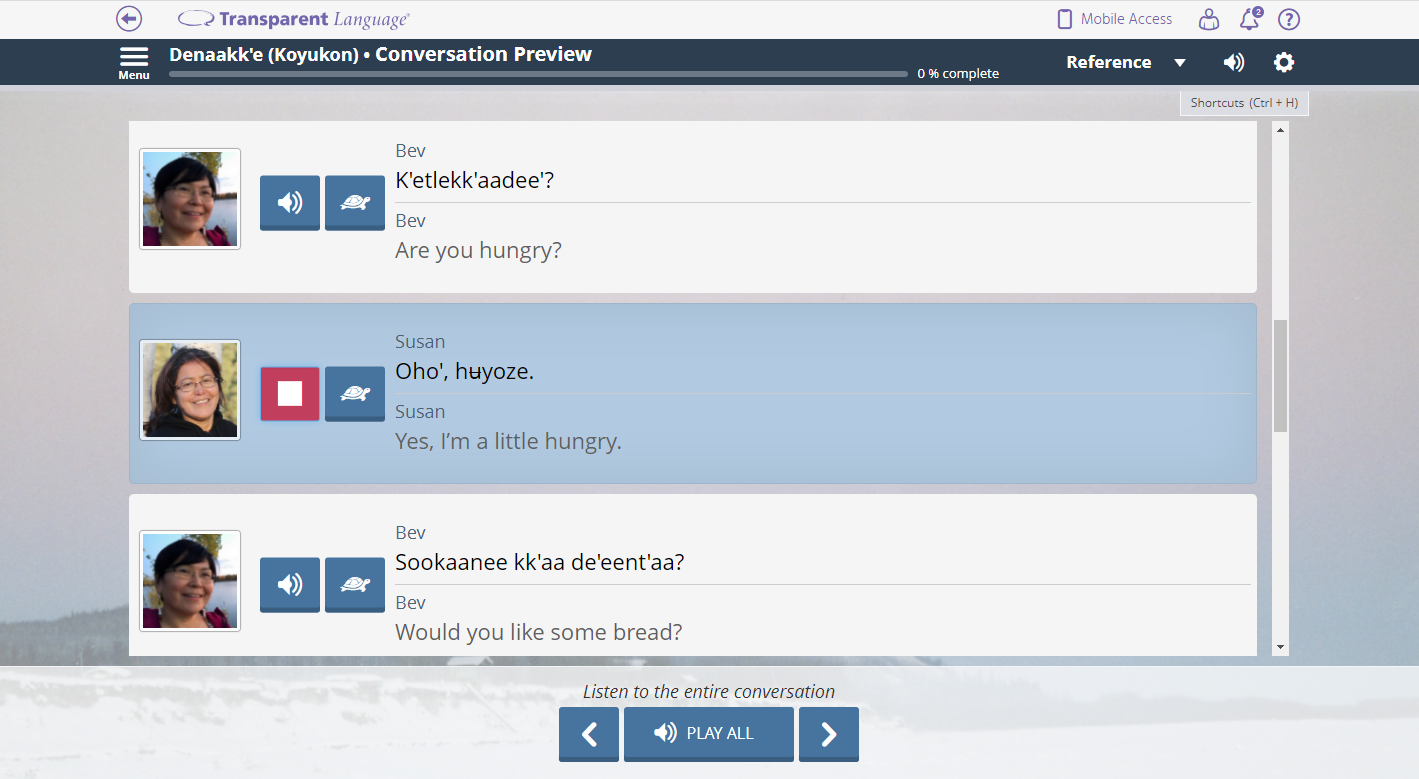
Denesuline
Denesuline is spoken by roughly 12,000 Chipewyan people in northwestern Canada. The language shares official status in the Northwest Territories with Cree. Though written in the Latin script, Denesuline has a hefty alphabet, with 39 consonants, 6 vowels, and 9 diphthongs.
We have MFNERC to thank for this language course as well.
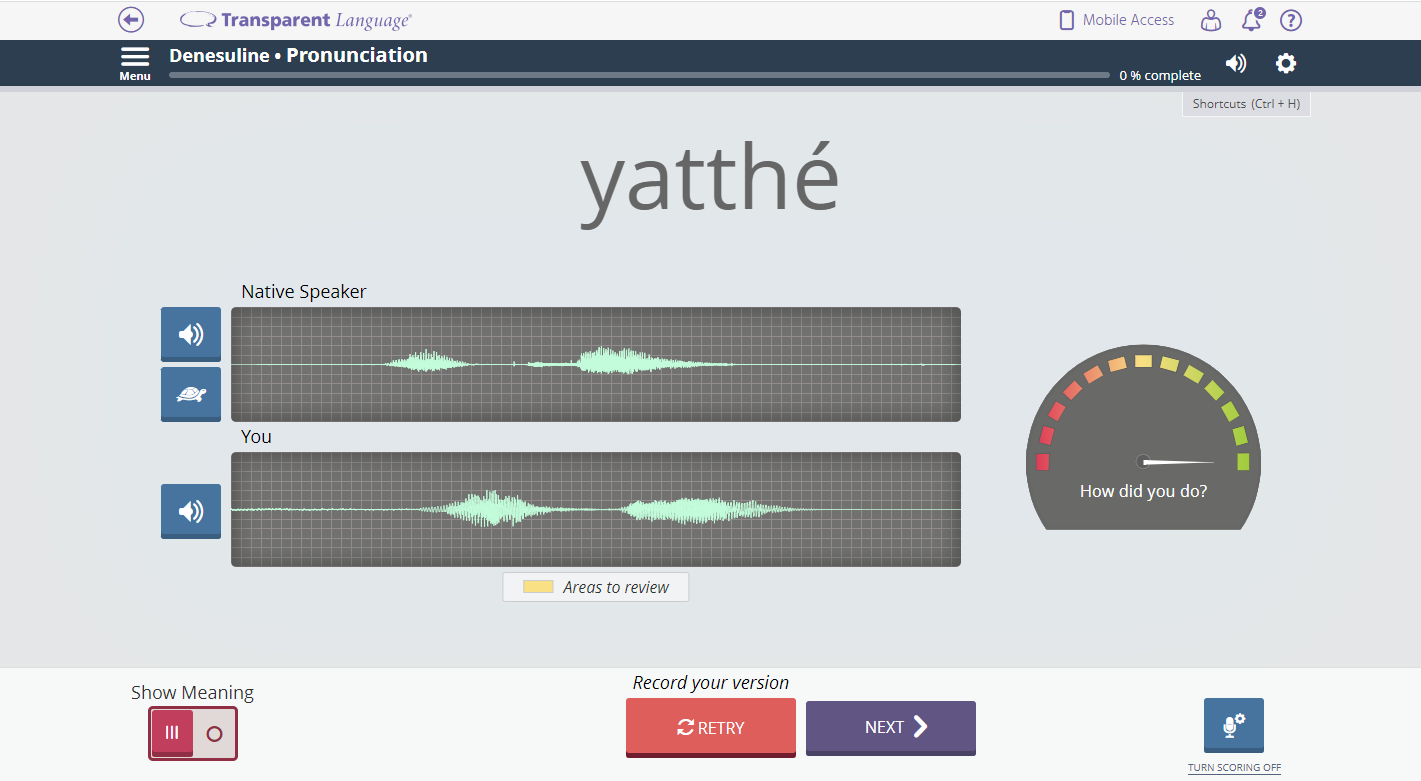
Gwich’in
Gwich’in, spoken by about 250 people in Alaska and 300 people in Canada, is the ancestral language for about 3000 people in total. The finished Gwich’in course includes 10 units, each with five lessons of content, reviews and unit assessments, as well as nine conversational videos in Gwich’in with English subtitles, and 22 culture and grammar notes.

Hän
Hän is an Athabaskan language spoken by the Hän Hwëch’in people of Alaska and Canada. The Hän course in Transparent Language Online is based on materials created by Isaac Juneby, a visionary Hän elder who recorded conversation lessons in 1994 because he wanted to help sustain his language. The lessons were originally published as a booklet with CDs but are no longer in circulation. The Isaac Juneby Memorial Hän Course was created in 2019 by Doyon Foundation and the Yukon Native Language Center. This online course makes Isaac’s legacy available to a new generation of Hän learners.

Holikachuk
Creating a Holikachuk course posed significant obstacles because the last fluent Elder passed away in 2012. “Working from archival recordings, and Elders that have a working knowledge of the language, the content creation team drafted, proofed and recorded 10 units of material,” said Allan Hayton, director of the Foundation’s language revitalization program. The new Holikachuk online course consists of five units, along with seven conversational videos and fascinating cultural and grammar notes.
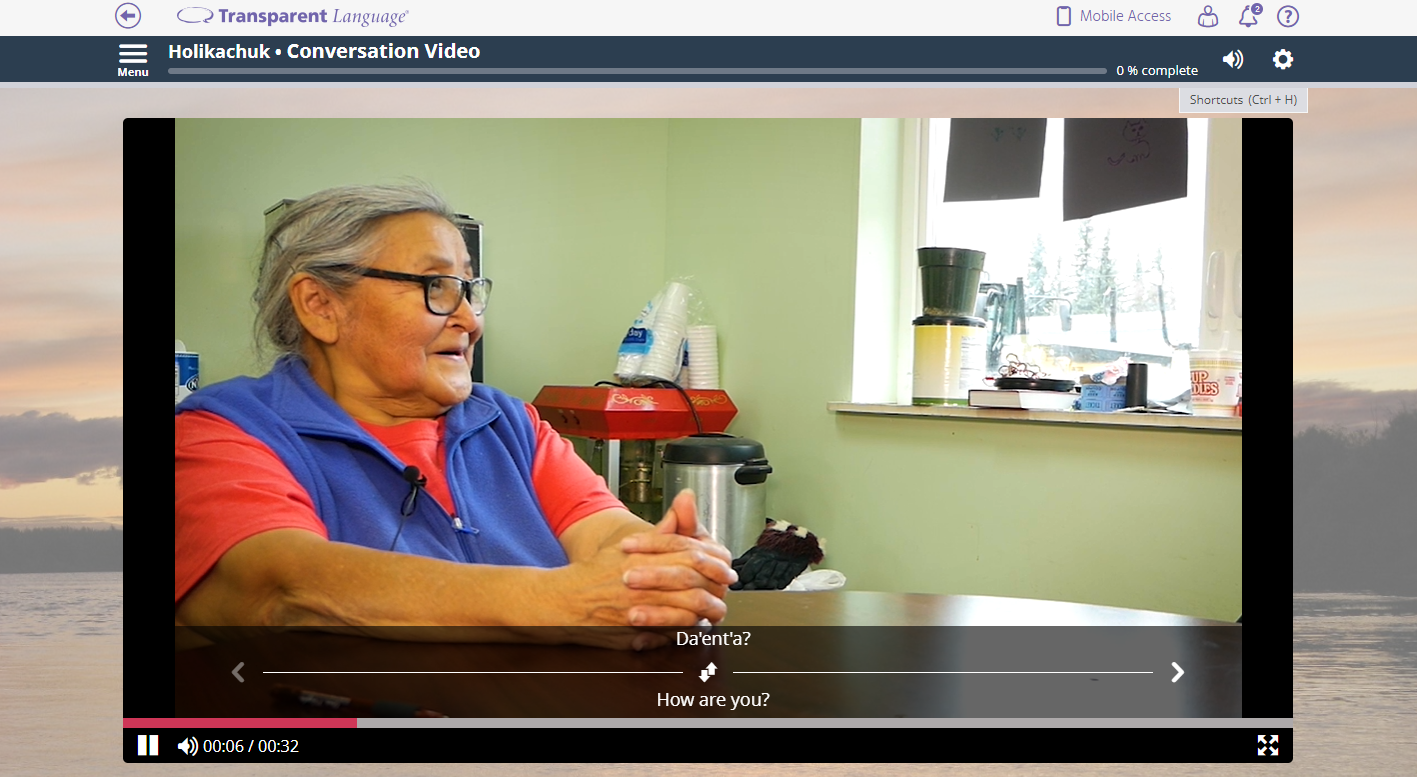
Kituba
Kituba is considered the lingua franca of Central Africa, where it has official status in Republic of the Congo and Democratic Republic of the Congo. The Kikongo-based creole has roughly 5 million speakers. This course was created in partnership with Langscape, a project at the Maryland Language Science Center that aims to make language data available to the public.
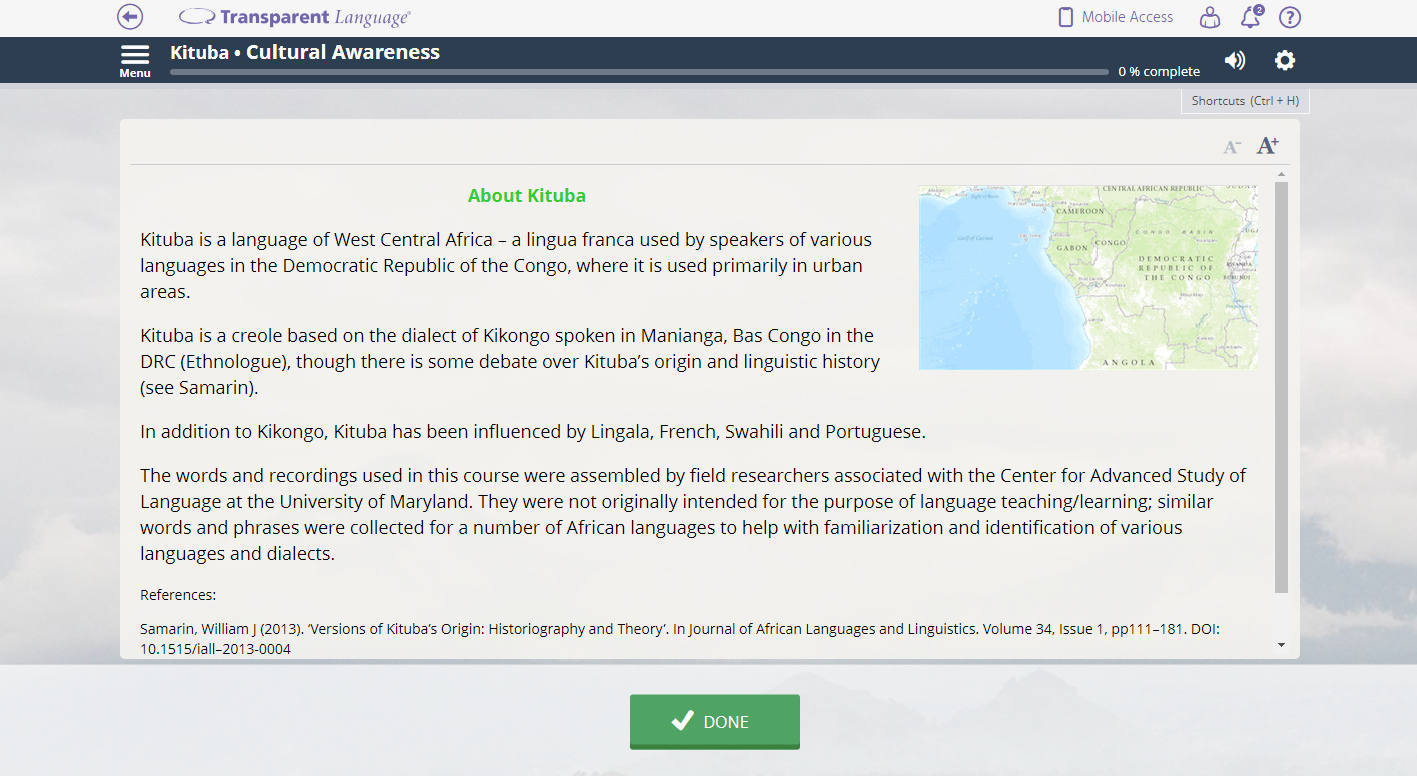
Koasati
The Coushatta Tribe is taking matters in to their own hands to save their language, Koasati. Spoken in Louisiana and Texas, Koasati has fewer than a few hundred speakers, less than 10 of whom are primary-school age children. In addition to our partnership, the tribe is also working with McNeese State University in Louisiana and the College of William and Mary in Virginia to preserve the language.

Kwak̓wala
Kwak̓wala is a Northern Wakashan language spoken by about 350 people mostly in British Columbia, Canada. Fluent speakers, Kwakwaka’wakw parents, and language advocates worked together to create a course that would facilitate communication between members of their community, including parents passing the language on to their children and children visiting their fluent elders.
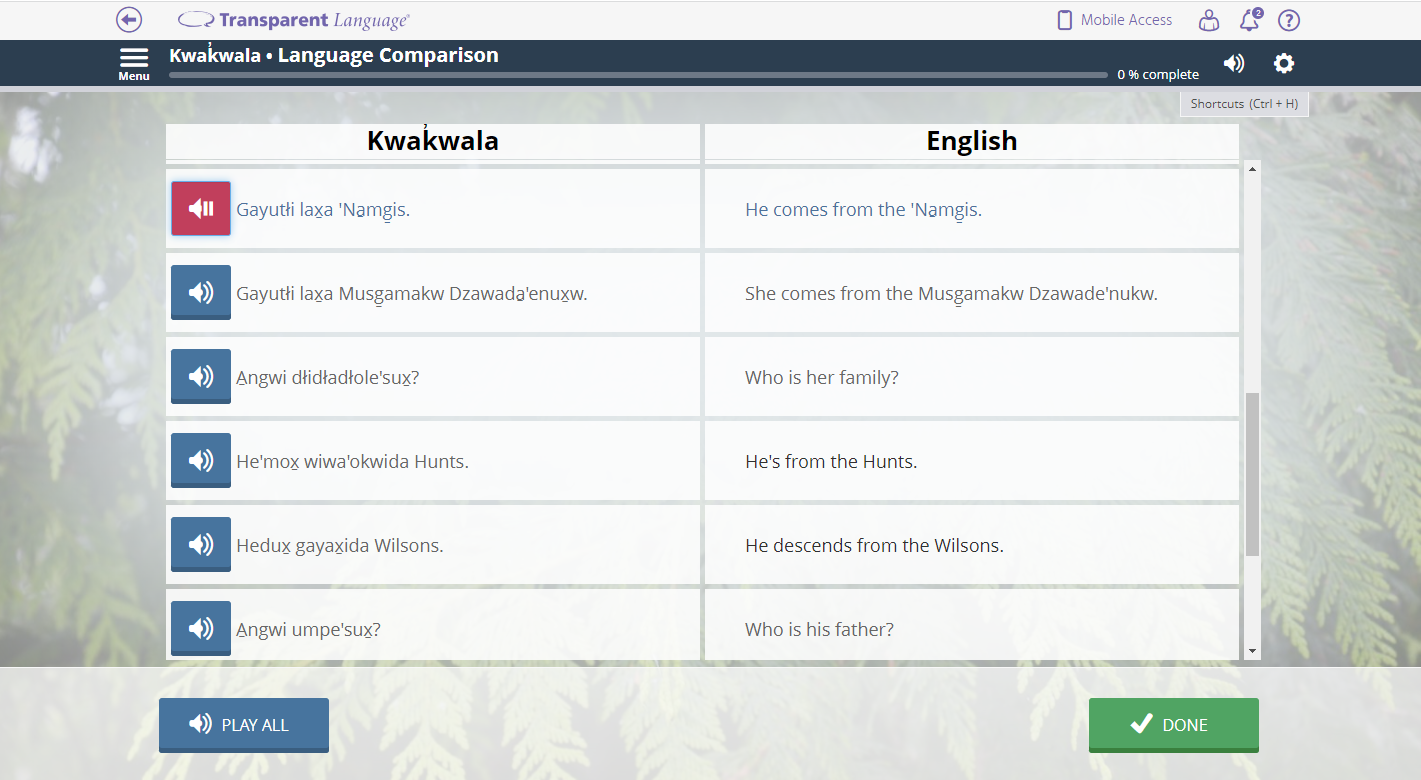
Michif
The name Michif refers to a group of linguistic varieties developed and traditionally spoken by the Métis, who emerged as a distinct nation of mixed Indigenous and European ancestry in the early 19th century across Canada and the northern United States. The course in Transparent Language Online focuses on the Southern Michif variety. It is estimated that only 100 fluent speakers remain, but there is a group of motivated second language learners who hope to revitalize the language. Because these learners are so spread out geographically and have few opportunities to learn and practice the language, there was a strong motivation to create an online course.
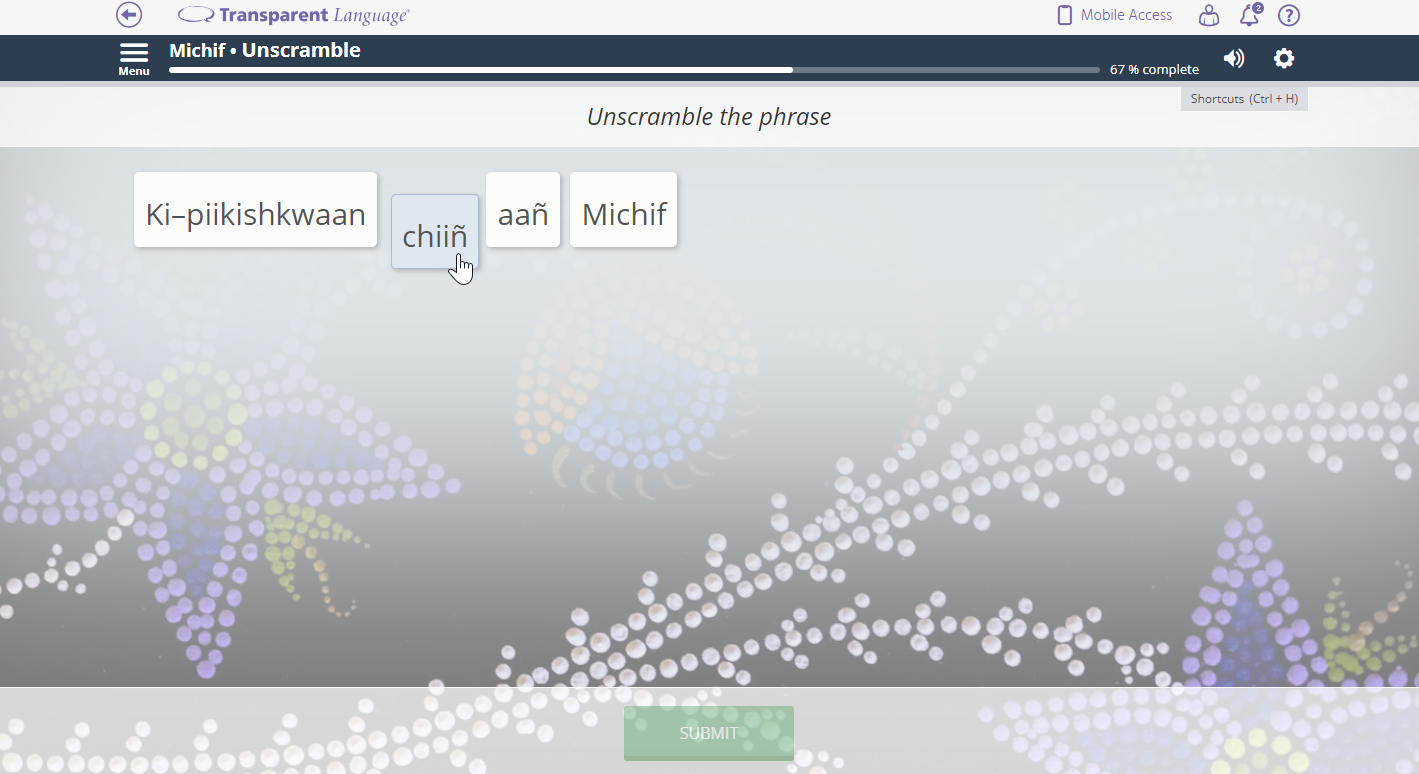
Nahuatl
Nahuatl was the language of the Aztec empire and is still spoken by more than 1 million people in Mexico and the United States. You may already know some Nahuatl words and phrases, like avocado, coyote, chili, and chipotle. We offer Nahuatl for English speakers and Nahuatl for Spanish speakers. These free online courses were created in 2017 by Tlahtoltapazolli, a Nahuatl study group in Los Angeles whose name means “Language Nest.”

Naskapi
Naskapi is a language in the Cree-Innu (Montagnais) branch of the Algonquian language family. This course teaches the Western Naskapi variety, which is currently spoken by more than 1000 people living in Kawawachikamach, Quebec. The course includes both the Latin transliteration of Naskapi and the Naskapi writing system called “Canadian syllabics” which is used by fluent speakers to read and write their language. The course switches from transliteration to Canadian syllabics halfway through to ease learners into the transition.

Ojibwe, Central Ojibwe, Northwestern Ojibwe, and Oji-Cree
Ojibwe, an Algonquian language spoken in the northwestern United States and Canada, is made up of a series of dialects. There is no standard writing system that unites the different dialects, which is believed to be a major factor in the lack of political unity amongst Ojibwe-speaking tribes. Together, the dialects of Ojibwe account for the second most spoken First Nations language in Canada.
Central Ojibwe is an Algonquian language spoken by an estimated 8,000 people in Manitoba and Ontario, Canada. Cree is spoken by roughly 117,000 people across Canada, including the Northwest Territories, where it has official status. Northwestern Ojibwe is spoken in Ontario and Manitoba. There are only an estimated 20,000 speakers, of whom only 50-75% are literate. Oji-Cree is spoken by only 10,000 or so people in Ontario. Fortunately, Oji-Cree is only of only six aboriginal languages with an increase in usage in Canada in the early 2000s.
Thanks to partnerships with Manitoba First Nations Educational Resource Centre (MFNERC) and Grassroots Indigenous Multimedia, you can explore all four dialects in Transparent Language Online.
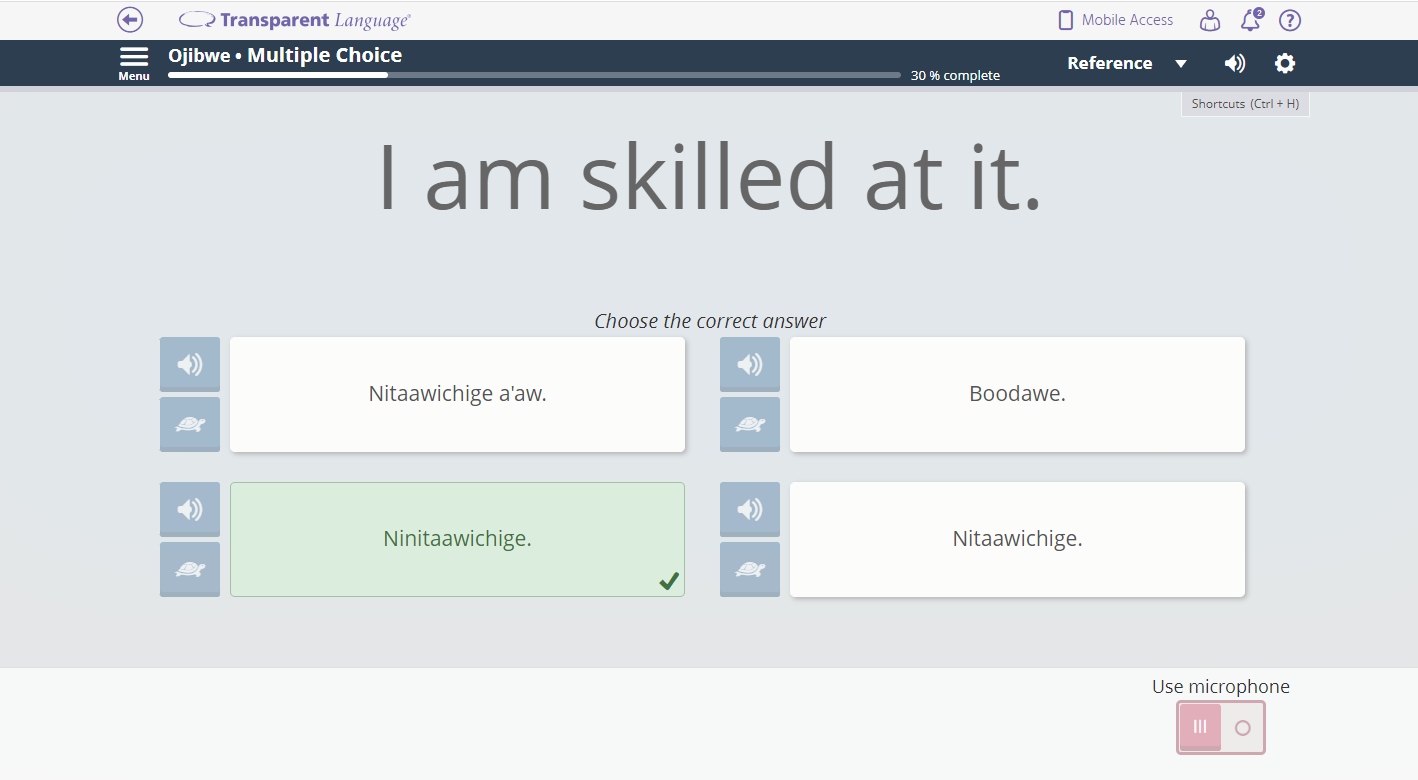
Tanacross (Dihthâad Xt’een Iin Aanděeg’)
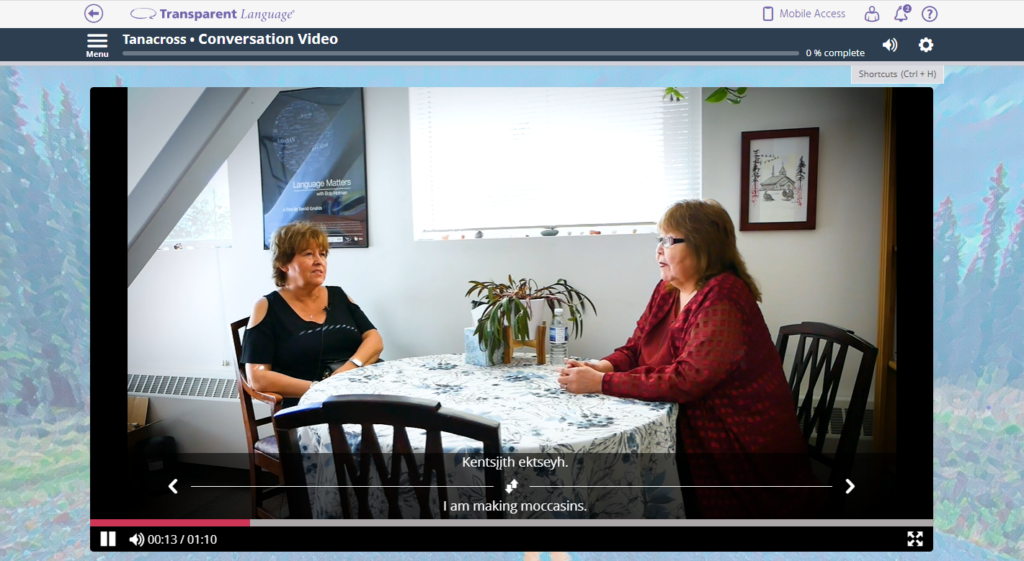
Yup’ik
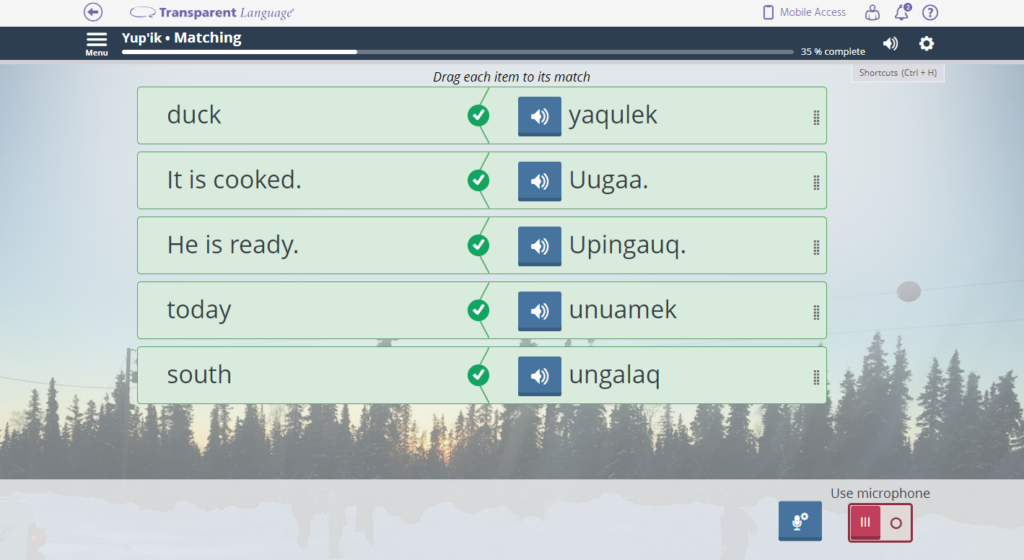
You can try all of these languages in Transparent Language Online. Find a library near you that offers free access or sign up for the free trial!

Build vocabulary, practice pronunciation, and more with Transparent Language Online. Available anytime, anywhere, on any device.




Comments:
Rudy Nyhoff:
Profound and penetrating work that makes a true impact in our human civilization. Keep up the tremendous work. Bravo!
Christina:
This is great! I would love to see Náhuatl on here so I could help some on my students learn the language of their ancestors… I have tried learning but I think there are so many variations that I got confused!
Transparent Language:
@Christina Thanks, Christina! We do have a partner organization that made Nahuatl learning materials, but the lessons are paired with Spanish (rather than English) so we didn’t include it in this list. If you do speak Spanish, and feel comfortable learning Nahuatl via Spanish, we do have materials available! If you sign up for a free trial, you can explore the course, which is made up of 11 units with 3-5 lessons each of fundamentals. Feel free to reach out if you want to discuss more: TLsocial@transparent.com
Francis Martinez:
Hi, do you have any idea of Languages of Nicaragua Sumo or Rama?